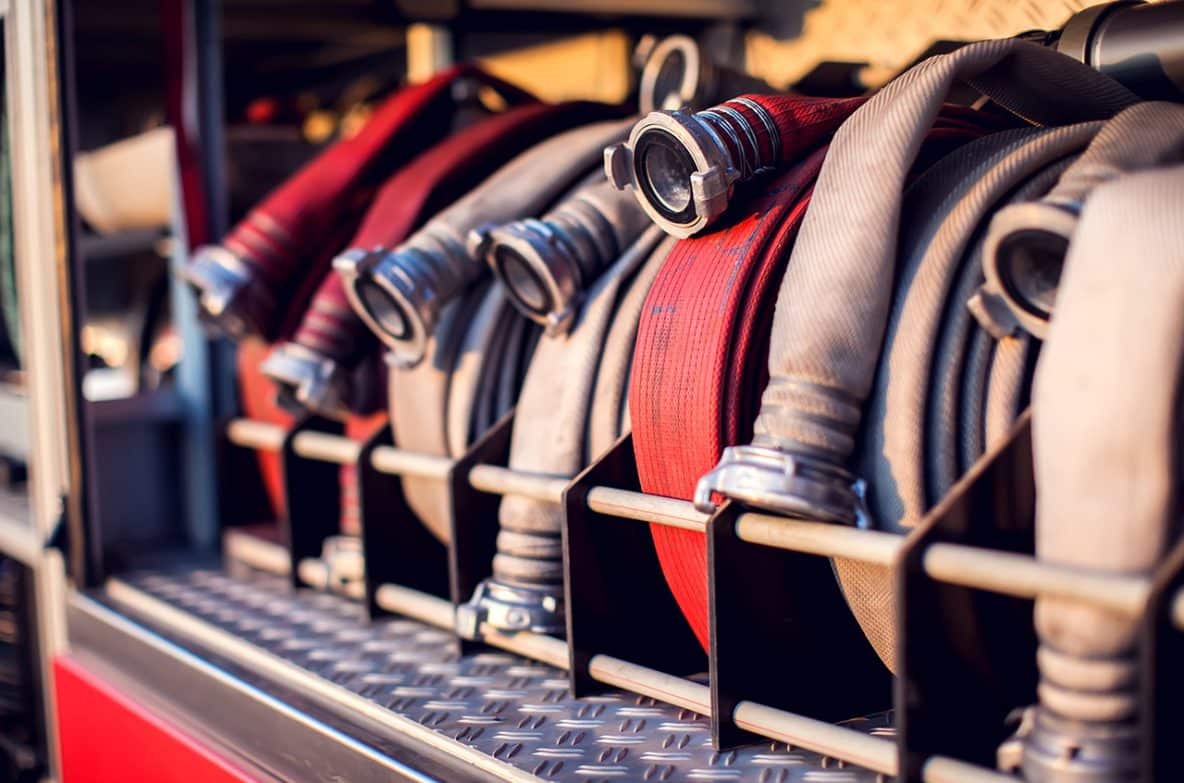The Health Protection Notification Regulations 2010 (HPNR) were introduced to help the government respond effectively and quickly to newly discovered cases of infectious diseases and prevent their spread if they pose such a risk. In the wake of COVID, the Government has been considering adding a number of amendments to the regulations in order to ensure the discovery of infectious … Read More
Time is Running Out To Register Your High Rise Building – Act now!
Background Paul Lennon, Executive Director & Head of Strategy for PIB Risk Management, provides insight into the requirement to register your high rise building. In June 2017 a fire started in a single flat in a London tower block, the cause of the fire was identified as a faulty kitchen appliance. That fire escaped the confines of the flat and … Read More
New Fire Safety Guidance for Responsible Persons
In England and Wales the Regulatory Reform (Fire Safety) Order 2005 sets out the duties that apply to persons responsible for fire safety in non-domestic premises such as workplaces and in the communal parts of shared residential buildings such as corridors and stairways in blocks of flats. Following on from the Grenfell Tower fire the Building Safety Act 2022 introduced … Read More
Fire Alarm Response in Scotland
Individual fire authorities are responsible for creating appropriate strategies for their own area. With limited resources and many calls on those resources fire authorities have to make difficult decisions about how they allocate those resources. Sometimes those decisions can be controversial, response to fire alarms is sometimes a sensitive area. The latest figures from Scotland show that in 2021-2022 there … Read More
Regulating The Building Control Profession
Following on from the enquiry into the Grenfell Tower fire the Building Safety Act 2022 is introducing a number of significant changes to the Building Safety regime in England. One of these changes is the introduction of a registration process for building control professionals. The register is due to open in October 2023 and registration will become mandatory from April … Read More
Causes of Fatal Accidents and Ill Health
The recent workplace fatality statistics published by the HSE also break those statistics down by the type of accident. The most common types of fatal accident during 2022/23 were: falls from a height – 40 struck by moving objects – 29 struck by moving vehicles – 20 trapped by something collapsing / overturning – 12 contact with moving machinery – … Read More
Pop-up Toilets Safety Notice
The HSE recently issued a safety notice regarding a risk of crushing for persons involved in the maintenance of pop-up toilets. The safety notice follows a fatal accident where an individual was crushed when working beneath a raised pop-up toilet. The hazards identified by the notice arise during the lowering of a raised pop-up toilet during cleaning, maintenance, or inspection … Read More
CONIAC Publish Fire Risk Management Guidance
The Construction Industry Advisory Committee (CONIAC) have published new fire safety guidance covering the responsibilities of different roles under the Construction (Design and Management) Regulations 2015 (CDM). this focuses on how fire safety can be managed at each stage and phase. The guidance aims to provide an understandable and structured framework for those with duties under CDM to follow. This … Read More
PIB Group welcomes Ian Cresswell as Head of Construction and Property Management for PIB Risk Management
PIB Risk Management, part of PIB Group, has appointed Ian Cresswell as Head of Construction and Property Management. Ian has more than 30 years’ experience in the Construction and Health and Safety sectors with particular expertise in residential and commercial schemes Ian commented: “I am delighted to take up this role with PIB Risk Management. I was ready for a … Read More
New Passive Fire Protection Guidance
The Association for Specialist Fire Protection (ASFP) have published a series of three Advisory Notes on topics related to passive fire protection as well as updating a previous Advisory Note. These are Advisory Notes 13, 30 and 31, with the updated Advisory Note being number 15. The first of the three Advisory Notes, number 13, covers the testing of partial … Read More









